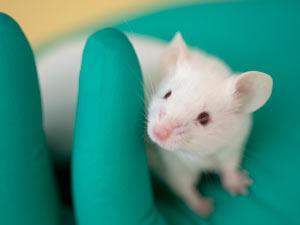Vaping emits harmful compounds – including propylene glycol and glycerine – as solvents are broken down by heat

The vapour from electronic cigarettes includes not only the carcinogens formaldehyde and acrolein, but also probable carcinogens like propylene oxide and glycidol, according to new analysis by a group Lawrence Berkeley National Laboratory (LBNL) in the US. The researchers discovered that the thermal decomposition of two common solvents in e-liquids that are vaporised by e-cigarettes – propylene glycol and glycerine – leads to emissions of significant levels of 31 harmful chemical compounds.
There have been ongoing debates about whether cigarette smokers should be encouraged to switch to e-cigarettes amid a dearth of data about the short and long-term health effects of this relatively new technology.
This study also showed that factors like the temperature, type, and age of an e-cigarette affect emission levels. E-cigarettes were shown to release more toxins as voltage increases and with repeated use. In fact, increasing the voltage and heat in a single-coil vaporiser tripled the aldehyde emissions per puff and bumped up the acrolein levels by a factor of 10. For example, conventional tobacco cigarettes emit 400–650µg of acrolein per cigarette, and assuming 20 puffs on an e-cigarette equals smoking a conventional cigarette, the researchers estimated that total emissions of acrolein per e-cigarette are about 90–100µg. In the study, aldehyde emissions increased by more than 60% after the device was reused several times, which the researchers said was likely due to the buildup of polymerisation by-products that degraded upon heating.
The LBNL team suggested that their findings could help the efforts of manufacturers and regulators to minimise the negative health impacts of e-cigarettes.
References
M Sleiman et al, Environ. Sci. Technol., 2016, DOI: 10.1021/acs.est.6b01741












No comments yet